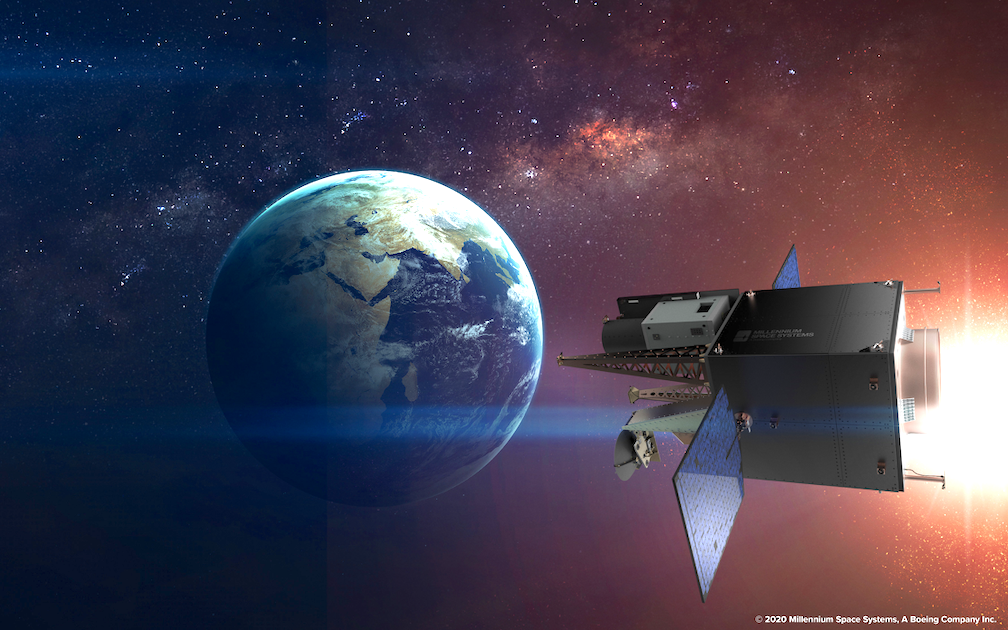
Approvals have been issued after a joint NASA / United States Space Force (USSF) Space and Missile Systems Center (SMC) management and technical review in which the Wide Field of View (WFOV) Testbed spacecraft has been declared ready to ship to launch site. WFOV is informing the Next Gen OPIR, a missile warning satellite system acquisition program that will deliver advanced capabilities to keep pace with adversary advancements.
United Launch Alliance (ULA) ATLAS V rocket will launch the spacecraft next year. The approval came when Millennium Space Systems, a division of Boeing, passed this major program milestone after detailed reviews of the satellite’s performance in environmental testing. While awaiting launch, NASA and USSF SMC are planning risk reduction tests with the integrated spacecraft with its ULA launch interfaces and its integrated ground segment. Following those tests, the satellite will ship next year to the launch site. It is scheduled to launch in 2021 on its mission in geosynchronous orbit (GEO).
“The Wide Field of View program highlights our commitment to innovation and is critical to advancing the technology required to meet the growing threat,” said Col. Charles Galbreath, Deputy Director, Innovation and Prototyping, Development Corps, Space and Missile Systems Center. “Working with our incredible partners, we’ve demonstrated how to prototype new missile warning sensors, created a flexible testbed to fly them on, and qualified a new satellite platform for GEO at a significant cost savings. These are all capabilities we need now to support our warfighters and allies worldwide.”
“The WFOV Pre-Ship Review is the capstone of the integrated space vehicle design verification and ensures readiness for flight,” said Jennifer Schaaf, Millennium Space Systems program manager for WFOV systems engineering, integration and test.
A large portion of the AQUILA M8 bus leverages Millennium’s in-house capabilities. These organically developed capabilities are a key enabler for executing agile, affordable space programs.
Sponsored by the Space and Missile Systems Center and managed by the NASA Ames Research Center, the mid-sized GEO spacecraft is based on Millennium’s AQUILA M8 affordable platform series and hosts a transformational OPIR six-degree staring sensor developed under a separate contract by L3Harris Technologies. WFOV Testbed is designed for a 3 to 5-year life in GEO with a total mass up to 3,000 kg and a payload accommodation over 350 kg. The satellite’s primary mission in orbit is to explore future missile warning algorithms with data collected in space.
